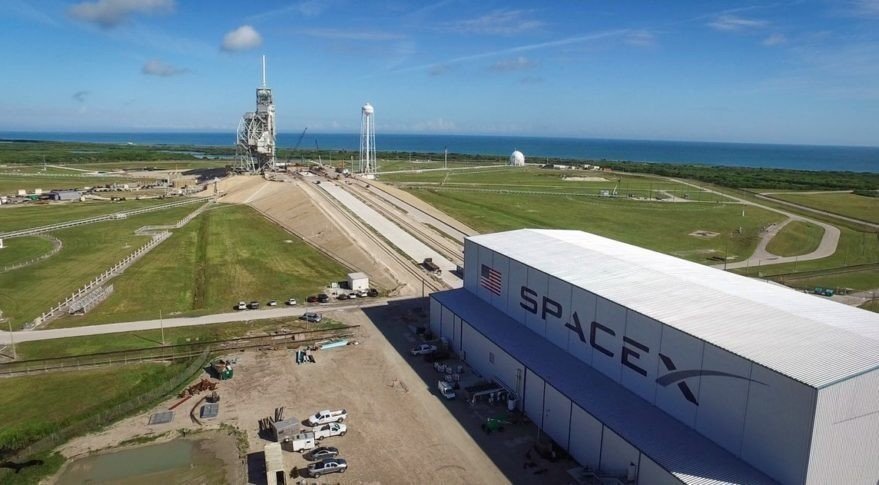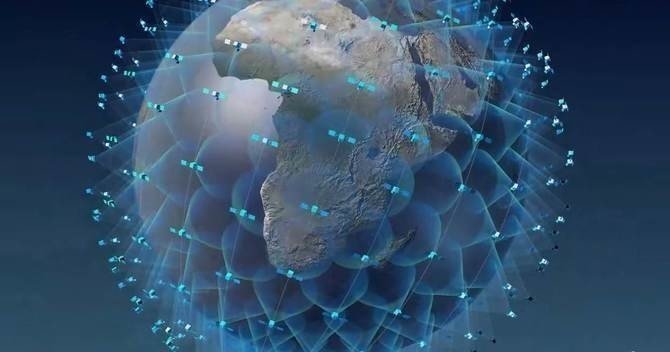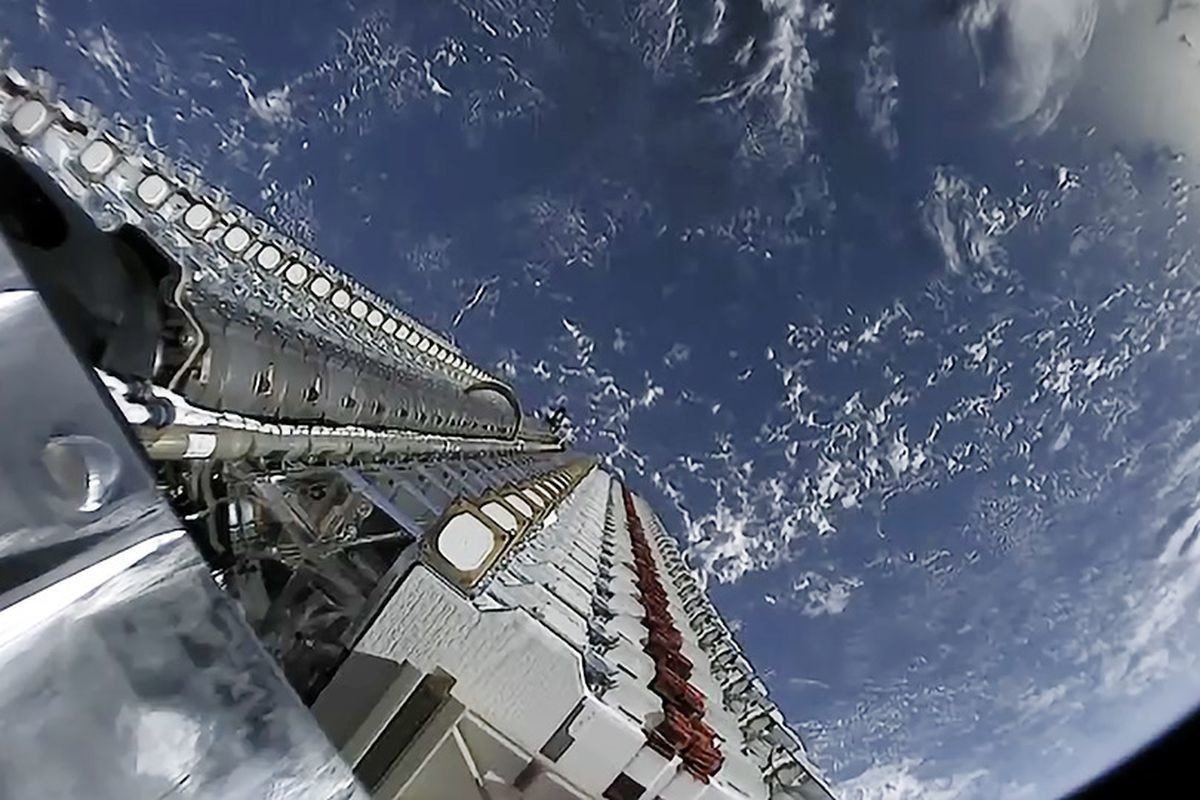
Falcon9 in 3 minutes

Falcon9 is a launch vehicle developed by the U.S. space company SpaceX. Since her first flight in June 2010, she has been improved and used for various/many missions.
The name "Falcon" comes from the Millennium Falcon that appears in Star Wars, and "9" comes from the fact that she has 9 engines.
Falcon9 will be used for a variety of missions, including launching satellites, manned spacecraft test, supplying to International Space Station (ISS), and Starlink mission, deploying 12000 satellites in orbit. She has been launched 18 times in 2017, 20 times in 2018, and 11 times in 2019.
Kennedy Space Center 39A launch complex(LC39A), where Falcon9 is launched, is a traditional launch site that was also used for the Apollo program and the Space Shuttle launch. SpaceX is currently rented from NASA.

Reference:SPACENEWS「SpaceX may shift Falcon 9 launches to KSC’s Pad 39A」
Features① - Clustered engines
Falcon9 is a big launch vehicle with a length of 70m, a diameter of 3.7m, and around 550t.
The Marlin engine developed by SpaceX in-house is a liquid fuel engine uses liquid oxygen and kerosene, and has a thrust of 845kN (914kN in vacuum). Clustered 9 and launch at 7686kN.
In addition, since multiple engines are equipped, even if one engine is broken, it can be covered by others (Saturn Ⅴ, active on the Apollo era has this technology).
(Reference)
The thrust of the LE-7A engine used in H-ⅡB is 1098kN (in vacuum)

Reference:SPACE NEWS「SES Rethinking Being First To Fly a Full-throttle Falcon 9」
With such power, Falcon9 can transfer 22800kg in low earth orbit, 8300kg in geostationary orbit, and 4020kg to Mars (SpaceX website).

The friction stir welding method is used for welding. This is a technology that softens and integrates sheet metal with frictional heat, but this method was avoided in the space industry.
However, SpaceX applied this method to the body of the launch vehicle through repeated trial and error, and succeeded in reducing the weight of the body and automating welding.
Features②-Reusable booster
The big feature of Falcon 9 is that her booster returns to the earth and can be reused.
The main engine landing on a drone ship(21:20~)
Reference:YouTube SpaceX「JCSAT-18/Kacific1 Mission」
For landing, she has fins and landing gear for attitude control.

Grid fins to control attitude for landing
Reference:SpaceX Website

Legs for landing
Reference:SpaceX Website
Her landed booster will be collected on the sea.
The booster opens grid fins and controls its attitude while landing on an unmanned drone ship “Of Course I Still Love You”.
The booster used in the Starlink mission in November 2019 is the fourth use.
In addition, the fairing (the cover of the tip for storing satellites, etc.) has been reused. It is caught by the drone ship on the sea and reused.
Although the fairing could not be collected on the last mission, spaceX suggests that recovering the fairing would save $6million.
Feature③ - Low cost
The third feature of Falcon9 is low cost.
According to SpaceX website, the standard launch service price is $62million, which is very low compared to the launch price of the French "Ariane5" of €150 million for example.
As described in the feature②, Falcon9 booster and fairing can be reused, and it is said that such technology was developed with aim of saving cost, but in fact reusability does not seem to be necessarily the reason for low cost.
Four challenges
Falcon 9 is now making a glorious performance, but the development of Falcon rocket has continued to be difficult.
Elon Musk went to Russia to purchase an ICBM after decided proceeding space business. But it was failed, so decided to develop the rocket in-house, and SpaceX was founded in June 2002.
The launch of Falcon1 on March 24, 2006 was uncontrollable after 25 seconds and fell. The second Falcon1 was launched on March 15, 2007, but after the second stage transferred into orbit, it was disassembled in the air and exploded.
On August 2, 2008, the third launch of the Falcon1 exploded after second stage separation and was cornered by a situation with no trail.
Then, on September 28, the following month, the fourth launch was finally successful in launching the payload into orbit.
Falcon9, which was being developed in parallel, was successfully launched for the first time in June 2010. On May 22, 2012, Falcon9 equipped with the Dragon spacecraft transferred the Dragon spacecraft to the ISS. And it succeeded in docking for the first time in the history of a private company.
Active in various missions
Falcon 9 is being used for a number of groundbreaking missions, as well as for satellite transfer.
Starlink mission
StarLink mission is to launch 12,000 satellites and construct a global Internet network.
Some companies such as Space X, OneWeb, and Boeing are planning to implement a satellite constellation, a communication network constructed by a large number of satellites. If realized, it is expected that communication issues in the world can be solved.

OneWeb constellation image
Reference:SPACE NEWS「One year after kickoff, OneWeb says its 700-satellite constellation is on schedule」
Starlink satellites launch was successful with two test satellites launching on February 2018, 60 satellites on May 2019, 60 in November, and another 60 on January 7, 2020.
Currently, 300 Starlink satellites have been deployed already, and SpaceX has announced that it will launch 24 times Starlink satellites during 2020 and start satellite communication service from the end of 2020 to the first half of 2021 .

Starlink satellites folded and waiting for deploy
Reference:SPACE NEWS「Air Force enthusiastic about commercial LEO broadband after successful tests」
Reference:YouTube SpaceX 「Starlink Mission」
Dragon spaceship
SpaceX is not just developing launch vehicle.
The Dragon spaceship for transport supplies and manned flight is also under development. SpaceX has won NASA orders like Boeing's Starliner.
After the first launch in 2010, it will be used to supply to the ISS, and will be reused after landing to the earth.
The Dragon spacecraft will retire with launch on March 6, 2020, and will use the new Cargo dragon next time.
In addition, the Crew dragon for manned flight is also under development, and in March 2019 it was successfully docked with the ISS.
Reference:YouTube SpaceX「Crew Demo-1 Mission | Rendezvous, Docking, and Hatch Opening」
For Starship
SpaceX is developing a super launch vehicle "Starship" now for manned flight to Mars. The test model "Starship Mk1" is almost the size of an actual model with a total length of 50m and a diameter of 9m. It is expected to be used in future Mars missions.
Comic "Glory for fourth time"
The comic above is created by @_Pkrin, who belongs to the online salon "Anman Salon" managed by @wakanjyu321, Japanese genius / beautiful manga artist. Grateful thanks!
The development of Falcon rocket was a series of difficulties.
SpaceX was finally successful on its fourth launch in a bankruptcy situation.
Today's brilliant success is the result of the past efforts.
Currently, SpaceX has got an order from NASA for the development and spacecraft launch for manned flight to the ISS (Boeing also got this order).
Falcon Heavy's elder sister, Falcon9 looks like an elite for ISS supplier, Starlink, and manned mission, but there are missions that can be done only because of the past setbacks.

Before launching, it is dressed the aircraft with liquid oxygen vaporized like a dress, black laces inspired by grid fins deployed during landing, and beautiful landing legs.
Pray for a world where all mankind will be connected by Starlink, and take it to the next stage of humanity with a dragon spaceship.
And the technology cultivated in Falcon9 and Falcon Heavy will be passed on to the next generation, Starship.
Reference:
・ SpaceX website
・ Falcon9 User's Guide
・ Earon Mask A man who creates the future Ashley Vance (translated by Eiichiro Saito)
・ELON MUSK HOW THE BILLIONAIRE CEO OF SPACEX AND TESLA IS SHAPING OUR FUTURE ASHLEE VANCE
